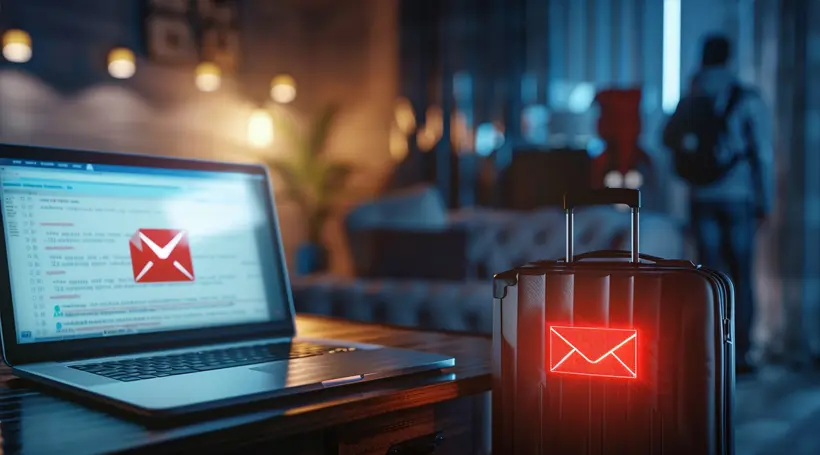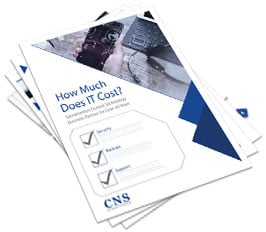
Your Vacation Auto-Reply Might Be A Hacker’s Favorite E-mail
You set it. You forget it. And just like that, while you’re packing for vacation, your inbox starts automatically broadcasting:
“Hi there! I’m out of the office until [date]. For urgent matters, please contact [coworker’s name and e-mail].”
Sounds harmless, right? Convenient, even.
Except… that’s exactly what cybercriminals love to see.
Your auto-reply – the simple message meant to keep things organized and moving smoothly – is also a gold mine of intel for bad actors looking for an easy way in.
Why Auto-Replies Are a Gold Mine for Hackers
A typical out-of-office (OOO) message might include:
- Your name and title
- Dates you’re unavailable
- Alternate contacts (with their e-mail addresses)
- Internal team structures
- Even details about your location (“I’m at a conference in Chicago…”)
This gives cybercriminals two major advantages:
- Timing: They know you’re unavailable and less likely to notice suspicious activity.
- Targeting: They know exactly who to impersonate – and who to target with a scam.
That’s the foundation for a perfect phishing or business email compromise (BEC) attack.
How the Scam Plays Out
- Your auto-reply is sent to a bad actor.
- They impersonate you or the contact you listed.
- An urgent email goes out requesting a wire transfer, password, or sensitive file.
- Your coworker, caught off guard, assumes it’s legit.
- You return from vacation to discover the business sent money to a scammer.
This is especially risky in companies with frequent travel or staff who delegate emails to admins or assistants.
How To Protect Your Business From Auto-Reply Exploits
Here’s how to use OOO replies more securely:
1. Keep It Vague
Avoid listing names, locations, or alternate contact details unless absolutely necessary.
Example: “I’m currently out of the office and will respond when I return. For immediate help, contact our main office.”
2. Train Your Team
Employees should be trained to:
- Never act on urgent financial or sensitive requests by email alone
- Always verify unusual requests with a phone call or secondary method
3. Use Email Security Tools
Implement:
- Anti-spoofing protocols (SPF, DKIM, DMARC)
- Advanced threat detection and phishing filters
4. Require MFA
Multifactor authentication adds a critical layer of defense, even if a password is stolen.
5. Partner with a Proactive IT Provider
An expert IT team can:
- Monitor for unusual behavior
- Flag suspicious logins
- Provide real-time alerts before damage occurs


Want To Vacation Without Becoming a Hacker’s Next Target?
At CNS, we help firms lock down their inboxes and prepare their people with smart cybersecurity tools and training.
Click here to book a FREE security assessment.
We’ll identify vulnerabilities in your email setup and show you how to fix them – so you can actually enjoy your vacation without worrying about what your inbox is doing behind your back.


